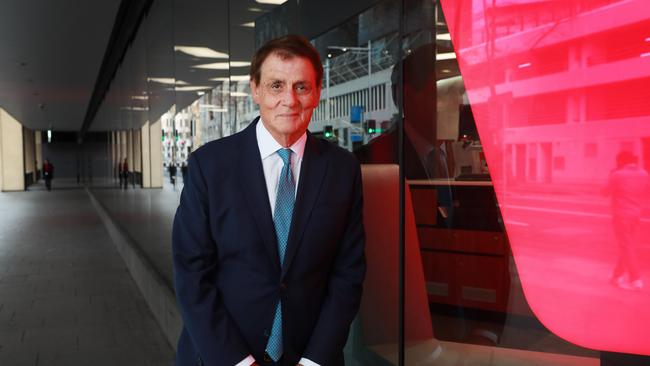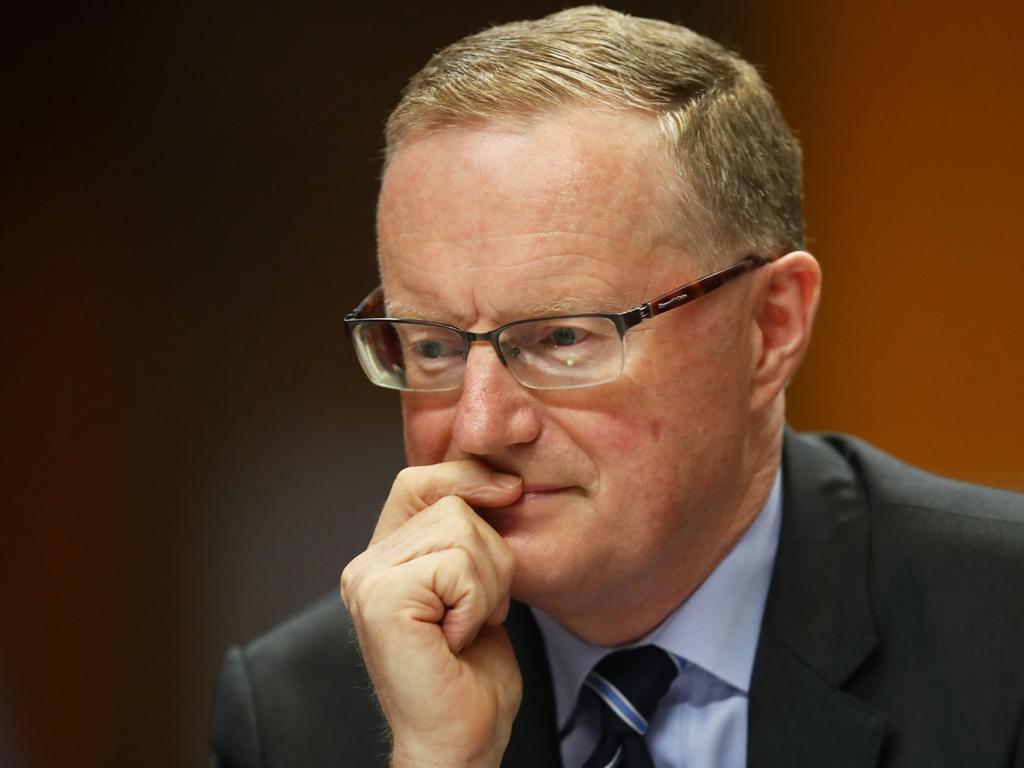RBA done with interest rate hikes: Westpac’s Bill Evans
Westpac’s Bill Evans has slashed his forecast on interest rate hikes, tipping the Reserve Bank will decide not to move any higher.

Westpac has cut its forecast peak for the Reserve Bank’s cash rate to the current level after March quarter CPI report showed that Australia’s inflation rate peaked in the December quarter.
The bank’s chief economist, Bill Evans, now expects the RBA to keep the cash rate at 3.6 per cent after its meeting next Tuesday, after previously predicting another 25 basis points hike in May.
“Following the release of the March quarter inflation report Westpac now expects the Board to extend the pause it instigated at its April meeting to the May meeting,” Mr Evans said.
“We have always argued that May would likely be the peak of the tightening cycle so we are now lowering our forecast cash rate peak from 3.85 per cent to 3.6 per cent.
It comes after RBA raised the cash rate by 350 basis points between May 2022 and April 2023.
Persistently-high inflation forced the RBA into the most aggressive rate hiking cycle in decades after it slashed the cash rate to a record low of 0.1 per cent and started quantitative easing during the pandemic.
Inflation also took off after the government delivered an unprecedented degree of fiscal stimulus and supply chains were disrupted by the pandemic and war in Ukraine.
While expecting the US Federal Reserve to lift its Fed funds rate by 25 basis points to a range of 5-5.25 per cent, Mr Evans also now expects the Fed to pause its rate hikes after next week.
With trimmed mean inflation having fallen to 6.6 per cent in the March quarter after a three decade high of 6.9 per cent in the December quarter, he said its “very unlikely” that the RBA’s updated forecasts next week will show that the timing of the achievement of the inflation target needs to be pushed out further – a change that would require an immediate policy response from the Board.
Instead, he expects the staff’s forecasts for household spending and GDP growth in 2023 will be “lowered somewhat”, supporting the view that there is scope for an extended pause on rates.
“With inflation in line with the Bank’s forecast path for eventually achieving its inflation target, the Board can take time to allow a further assessment of the cumulative impact its tightening,” he said.
“That includes assessing the lagged impact on the roughly 35 per cent of mortgages progressing from fixed rate to much higher floating rate terms over the course of the next year or so.”

Given the uncertainty around the current outlook and a need to contain inflation expectations, the RBA Board is “almost certain to maintain its clear tightening bias” next week, but as later this year the “credibility of that bias is likely to fade”, according to Evans.
“The Board will still retain its tightening bias but given that the next ‘live’ meeting is likely to be in August, after the release of the June quarter inflation report, and that the need for further tightening will have eased further by then, the cash rate appears to have peaked.”
In contrast with the RBA’s current forecasts of headline inflation falling to 4.8 per cent on-year by the end of 2023 and to the top of its 2-3 per cent target band only by mid-2025, Westpac sees a faster decline to 4 per cent by December 2023.
Its weaker growth and inflation path implies that the need for further tightening will “fade decisively” in the second half of 2023, Evans says.
“We have argued for the last six months that the peak in the current cycle will be the May Board meeting. Our preference was for that peak to be 3.85 per cent, with a final 25bp hike in May based on the ‘here and now’ of record low unemployment and very high inflation.”
“We still believe this would be the better policy approach given the risks, but it appears to be out of line with the Board’s intentions.”
But Westpac’s forecasts of materially below-trend growth of 1 per cent in GDP and inflation falling to 4 per cent in 2023 would be consistent with rate cuts starting in the March quarter.
It came as Westpac’s Evans also warned that the far-reaching recommendations of the Review into the Bank – particularly around the composition and operation of the Board – “create new challenges and risks for monetary policy, with potential unintended consequences.”
“In proposing to appoint a majority of external monetary policy experts to the Monetary Policy Board the authors of the Review have opted for a much more radical model than we see in other major central banks,” he said. “In those other banks academic experts are appointed to the Boards but the Bank internal management retains the majority of votes.”
He noted that while the RBA Board has always had a majority of outsiders, external directors were not appointed as policy experts and the views of the Bank representatives generally prevailed.
“Under the revised model it will be the obligation of the externals to challenge the views of the Bank’s representatives,” he cautioned. “The risk is that less informed majority decisions may result.”
“Certainly, it appears that the authorities in other jurisdictions are not prepared to take that risk.”
The revised RBA framework therefore “creates a tension between roles and responsibilities.”
“The RBA Governor is to be held accountable for achieving the policy target but the Bank’s representatives have only a minority vote on the RBA Board which is making the policy decisions.”







To join the conversation, please log in. Don't have an account? Register
Join the conversation, you are commenting as Logout